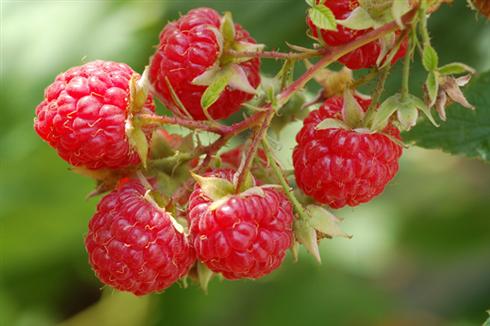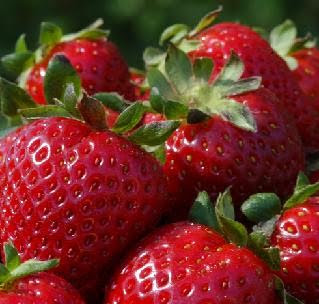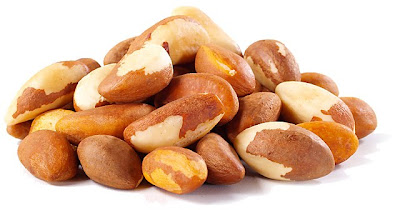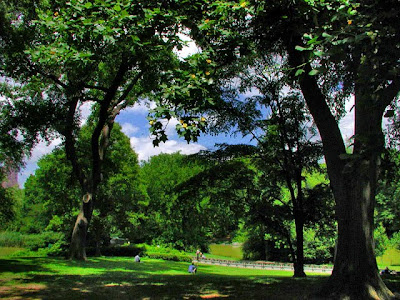The
Coconut (Cocos nucifera) is a member of the
Family Arecaceae (palm
family). It is the only accepted
Species in the
Genus Cocos, and is a large palm, growing up to 30 m tall, with pinnate leaves 4–6 m long, and pinnae 60–90 cm long; old leaves break away cleanly, leaving the trunk smooth. The term
Coconut can refer to the entire
Coconut palm, the
Seed, or the
fruit, which is not a botanical nut. The spelling cocoanut is an old-fashioned form of the word.
The
Coconut palm is grown throughout the tropics for decoration, as well as for its many culinary and non-culinary uses; virtually every part of the
Coconut palm can be utilized by humans in some manner. However, the extent of cultivation in the tropics is threatening a number of habitats such as mangroves; an example of such damage to an ecoregion is in the Petenes mangroves of the Yucatan. In cooler climates (but not less than USDA Zone 9), a similar palm, the queen palm (Syagrus romanzoffiana), is used in landscaping. Its
Fruits are very similar to the
Coconut, but much smaller. The queen palm was originally classified in the genus Cocos along with the
Coconut, but was later reclassified in Syagrus. A recently discovered palm, Beccariophoenix alfredii from Madagascar, is nearly identical to the
Coconut, and more so than the queen palm. It is cold-hardy, and produces a
Coconut lookalike in cooler areas.
The
Coconut has spread across much of the tropics, probably aided in many cases by seafaring people.
Coconut fruit in the wild is light, buoyant and highly water resistant, and evolved to disperse significant distances via marine currents.
Fruit collected from the sea as far north as Norway are viable. In the Hawaiian Islands, the
Coconut is regarded as a Polynesian introduction, first brought to the islands by early Polynesian voyagers from their homelands in Oceania. They are now almost ubiquitous between 26°N and 26°S except for the interiors of Africa and South America.
The
Flowers of the
Coconut palm are polygamomonoecious, with both male and female
flowers in the same inflorescence.
Flowering occurs continuously.
Coconut palms are believed to be largely cross-pollinated, although some dwarf varieties are self-pollinating. The meat of the
Coconut is the edible endosperm, located on the inner surface of the shell. Inside the endosperm layer,
Coconuts contain an edible clear liquid that is sweet, salty, or both.
The Indian state of Kerala is known as the Land of
Coconuts. The name derives from "Kera" (the
Coconut tree) and "Alam" ( "place" or "earth"). Kerala has beaches fringed by
Coconut trees, a dense network of waterways, flanked by green palm groves and cultivated fields.
Coconuts form a part of daily diet, the oil is used for cooking, coir is used for furnishing, decorating, etc.
Coconuts received the name from Portuguese explorers, the sailors of Vasco da Gama in India, who first brought them to Europe. The brown and hairy surface of
Coconuts reminded them of a ghost or witch called Coco. Before it was called nux indica, a name given by Marco Polo in 1280 while in Sumatra, taken from the Arabs who called it jawz hindi. Both names translate to "Indian nut." When
Coconuts arrived in England, they retained the coco name and nut was added.
















 10:03 AM
10:03 AM
 Goohara
Goohara































